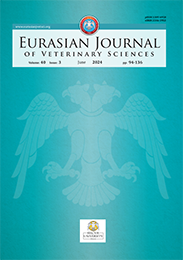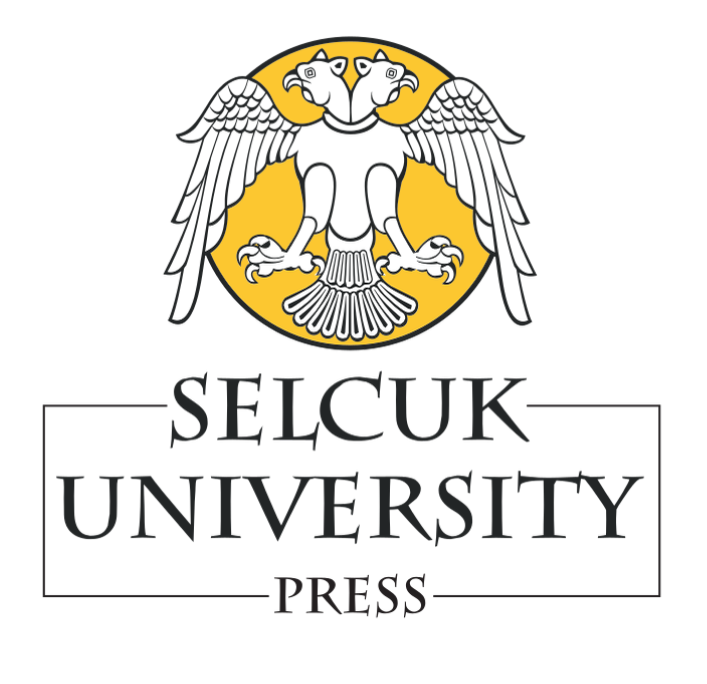| 2010, Cilt 26, Sayı 2, Sayfa(lar) 093-099 |
| [ Türkçe Özet ] [ PDF ] [ Benzer Makaleler ] |
| Wool properties in Kangal Akkaraman sheep |
| Mustafa Garip1, Behiç Coşkun2, Esad Sami Polat2, Alper Yılmaz1, Mehmet Emin Tekin3, Tamer Çağlayan1, Necip Kılıç4 |
| 1Selçuk Üniversitesi, Veteriner Fakültesi, Zootekni AD, Konya, Türkiye 2Selçuk Üniversitesi, Veteriner Fakültesi, Hayvan Besleme ve Beslenme Hastalıkları AD, Konya, Türkiye 3Selçuk Üniversitesi, Veteriner Fakültesi, İstatistik AD, Kampüs, Konya, Türkiye 4Koyun Keçi Yetiştiriciler Birliği, Sivas, Türkiye |
| Keywords: Kangal Akkaraman, sheep, wool, yield, fiber |
| Downloaded:2014 - Viewed: 3411 |
|
Aim: This research was studied for determination of greasy
wool yield, wool length, fiber diameter, elasticity, strength
and efficiency in Akkaraman sheep breeding at public hand.
Materials and Methods: Research has been carried out with 1623 sheep wool samples in Kangal district from 7 different local breeders. The management and nutrition of sheep were made completely by breeders. The sheep had been fed at pasture in the spring and summer and in indoors during winter. Results: Greasy wool yields for 2, 3, 4 and 5 years old sheep were found as 1.80, 1.69, 1.62 and 1.58 kg, while medullated fiber rates were determined as 33.51 and 32.75% and 32.86, 31.87, and wool lengths were determined as 30.33 and 27.73 (Hauter) mm in elite and base herds, respectively. Fiber diameters and wool percentages were calculated as 28.63 and 26.96 and 60.78 and 53.77%, respectively. Statistically significance was determined (p<0.05) only in greasy wool weighs and wool percentage. Conclusion: The wool yield and fiber diameter of some sheep herds were found very close to Merino cross-bred sheep. The variation between the sampled herds of sheep is believed to be decreased with selection and management. |
| [ Türkçe Özet ] [ PDF ] [ Benzer Makaleler ] |





